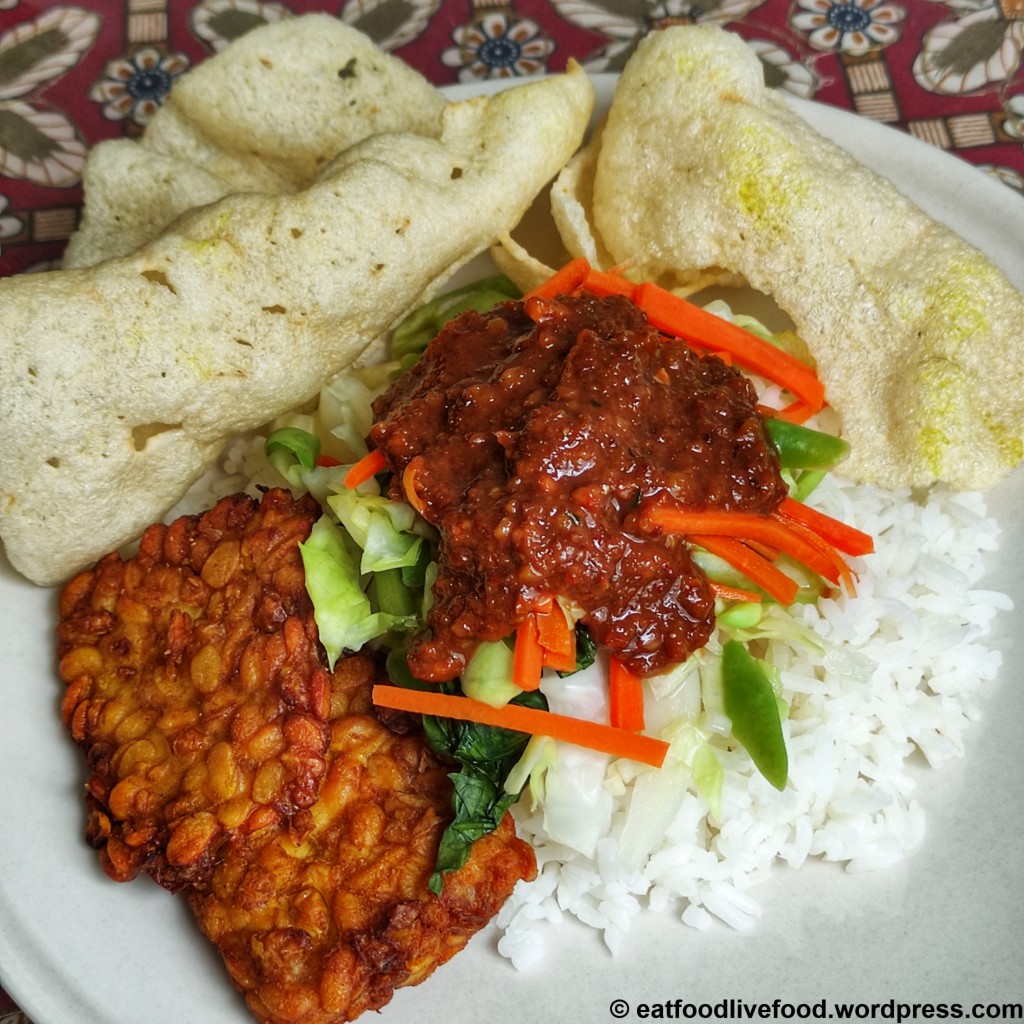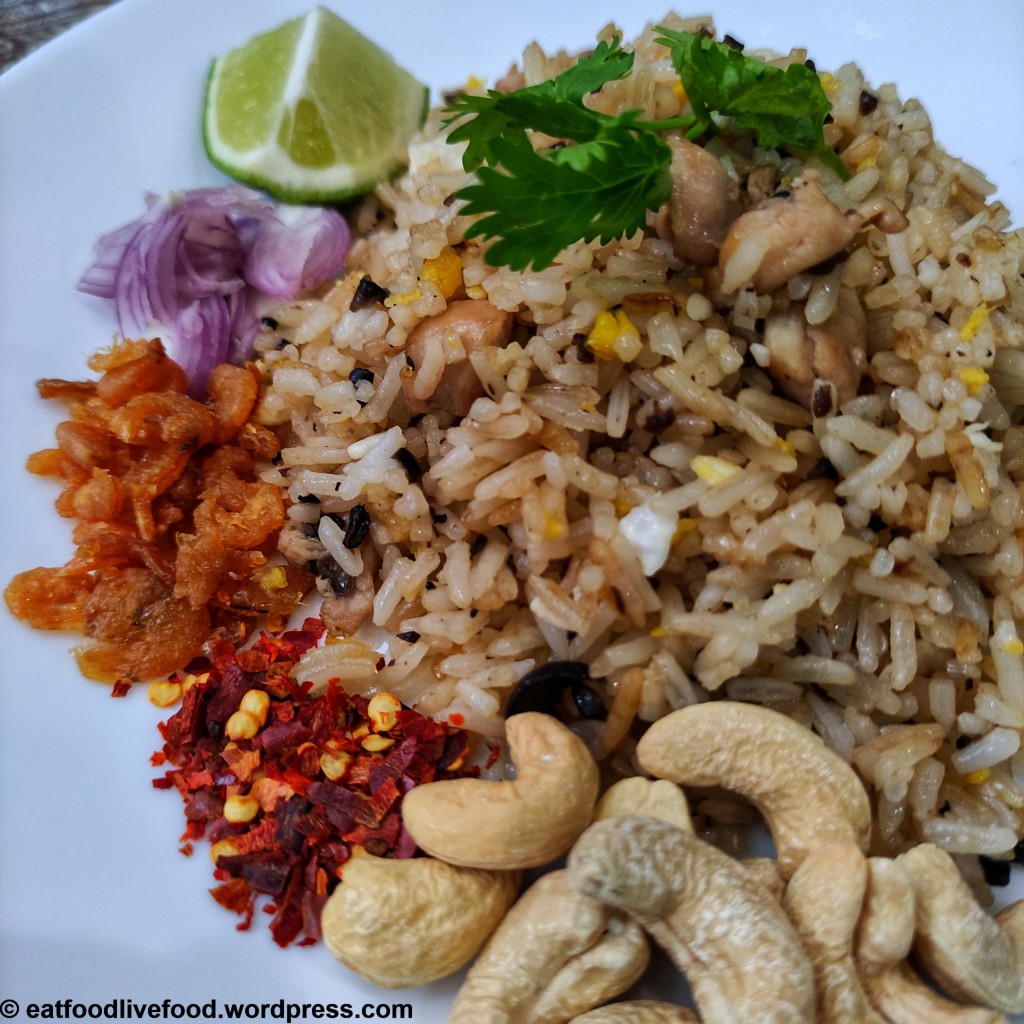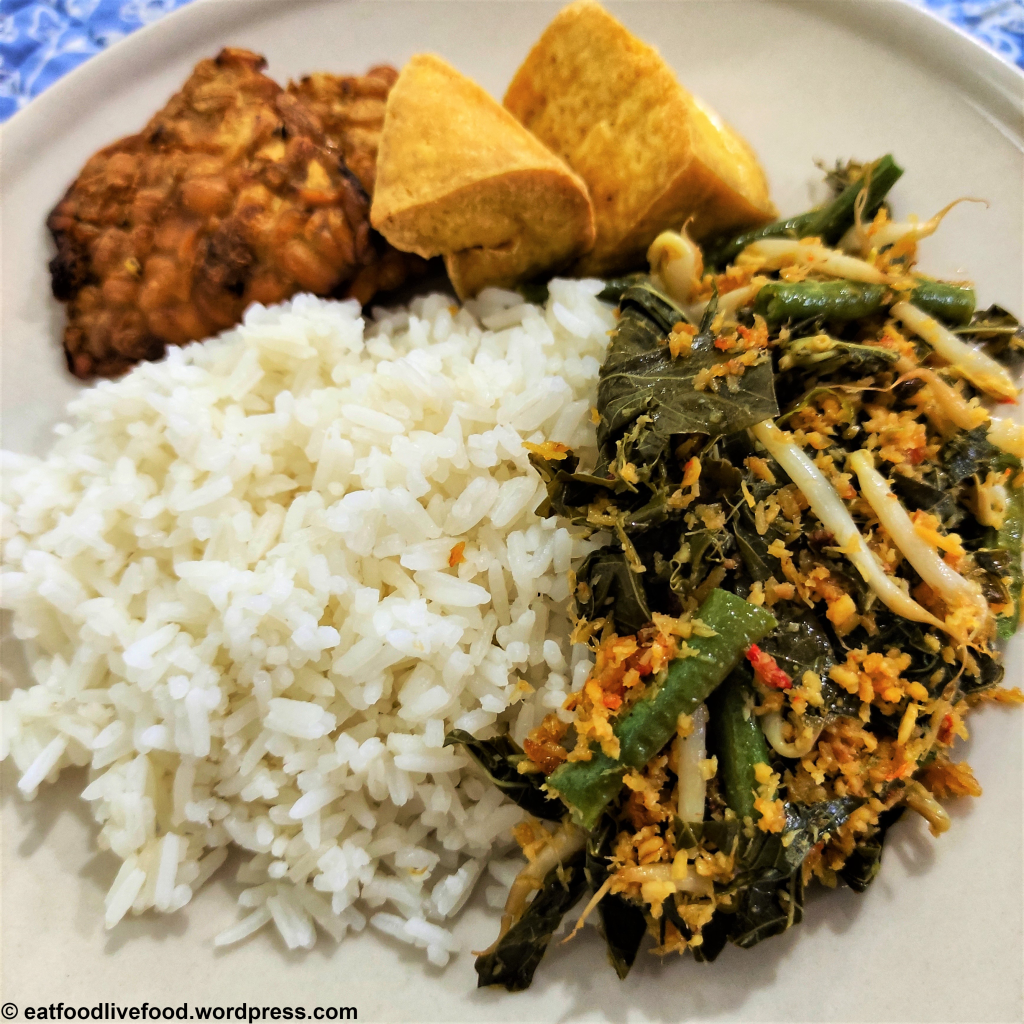Even before this year’s Ramadan managed to make through its first week, my phone and social media feeds have been (and continue to be) inundated with photos, actions, reactions, and everything else in-between regarding a certain “list”. Allow me to share my thoughts and hopefully bring some sense in a seemingly senseless world.
What This Is About
A collaborative article by The Halal Food Blog and Halal Food Hunt stemmed from a moral-religious obligation to earnestly admonish their target audiences; primarily focusing on food stalls in the annual Geylang Serai Bazaar. It features a list of stalls which have been halal-certified by Singapore’s lone Islamic authority, MUIS, as well as stalls owned by Muslims.
Another sub-list – which has since been deleted – features stalls which “are not Muslim-Owned and not Halal-Certified or meet halal risks as described”.
Despite a number of the latter’s owners and staff taking additional steps and measures to ensure – to the best of their knowledge, ability, and legal means – that they source and work with ingredients which have been halal-certified (a highly commendable and selfless move in itself), the denouncement of the nature of their business – courtesy of what can be described as a self-styled questionnaire – came as an unwelcome surprise.
While the main intention of the article was definitely not to name-and-shame, a certain degree of damage had already been done thanks to screenshots of the now-deleted sub-list spreading like wildfire via mobile messaging apps and social media.
Word On The Street
A close source (a veteran food vendor who literally grew up in and around bazaars, and also happens to be a decades-long Geylang Serai Bazaar stalwart) at ground zero has noticed food vendors who were featured on the sub-list – which include a mix of both veteran loyalists and first-time aspirational millennials – mulling over whether participating in this year’s Bazaar was a good business decision to begin with.
The cost of setting up a business in Singapore is already physically, mentally, emotionally, and financially exhausting enough; and word of potentially damaging information would only add more woes.
Despite the lengthy and detailed explanations, clarifications, and justifications, the article has still come across with having a somewhat divisive, holier-than-thou, authoritative, and haughty demeanour; more so as the website and article is accessible by many, and helmed by a collective of young, tech-savvy, and highly enthusiastic individuals, but void of any officiating position.
Why It Matters (Or Not)
While the bulk of businesses and activities within the area of Geylang Serai cater towards the Malay and Muslim demographic – which will inevitably result in human traffic consisting largely of Malays and Muslims (not unlike how Chinatowns around the world are a Chinese enclave) – its is important to note that Geylang Serai has neither been a halal- nor Muslim-exclusive area.
The Geylang Serai Bazaar (colloquially known as “Bazaar Ramadan” due to it’s tradition of being prominent in the area exclusively during the month of Ramadan) has and continues to serve as the locus of anything and everything Malay- and Muslim-related (food, fashion, etc.) during the said period, playing a supportive role to existing brick-and-mortar stores.
On a related note, seeing how some Muslim businesses have helped themselves with a slice of the Chinese New Year Bazaar’s pie earlier this year, who or what is to stop non-Muslims from setting foot in the Geylang Serai Bazaar? Imagine the ruckus that would ensue if those businesses were to be publicly categorised and labelled “non-Chinese-Owned”…
Being On The Right Side Of Things
As a whole; should vendors at the Geylang Serai Bazaar apply for halal certification? Maybe; because of the reasons listed above about the area being a hub for Malays and Muslims, in addition to the increasing population of affluent Muslims.
Are they obliged to do so? Not at all; because of the reasons listed above about Geylang Serai being neither halal- nor Muslim-exclusive.
If the Bazaar vendors decide to go ahead with the idea of moving towards a halal certification; then, good. If not; no big deal, because they cannot and should not be forced to do so.
Despite that, regardless of the location or the demographic served, claiming to be something which you are not (i.e. callously self-proclaiming your food as halal without proper and legal validity – which, worryingly, has and continues to happen) would definitely put you in a bad predicament in the eyes of both the masses as well as the law.
Conclusion
To sum it all up; the Geylang Serai Bazaar is, first and foremost, a Singaporean-Malay and -Muslim tradition. At the time of this post’s publication, the area has not been gazetted as being halal- or Muslim-exclusive.
While the list is much welcomed by a segment of the population, it has indirectly triggered an unnecessary, unneeded, and divisive sentiment between Muslims and non-Muslims. While some may see that the act of thoughtfully advising fellow Muslims about what is right and/or wrong as a moral and religious obligation, others may consider it to be nothing more than a self-satisfying halal/haram (permissible/not permissible under Islamic law) witch hunt or even a form of online vigilantism.
A simple reminder to one and all about their constant obligation to exercise discretion in seeking and frequenting halal food stalls around the literal maze of sights, smells, and sounds of the Bazaar (or anywhere else, for that matter) would have sufficed.
The few street and/or night markets (known locally as pasar malams) such as the Geylang Serai Bazaar belongs to all Singaporeans. Looking at the bigger picture, this whole issue only proves to show how distant we really are in attaining the multi-racial and egalitarian utopia that we often hear other nations praise us for being. Let’s not allow our beliefs to divide us, because the last time such divisive mentalities were allowed to prevail, it certainly did not do anybody any good.
I shall end this post with a reminder to myself as well as all who are fortunate enough with the means and reach to do so: It is imperative – especially in this day and age – to choose to unite, not divide.



